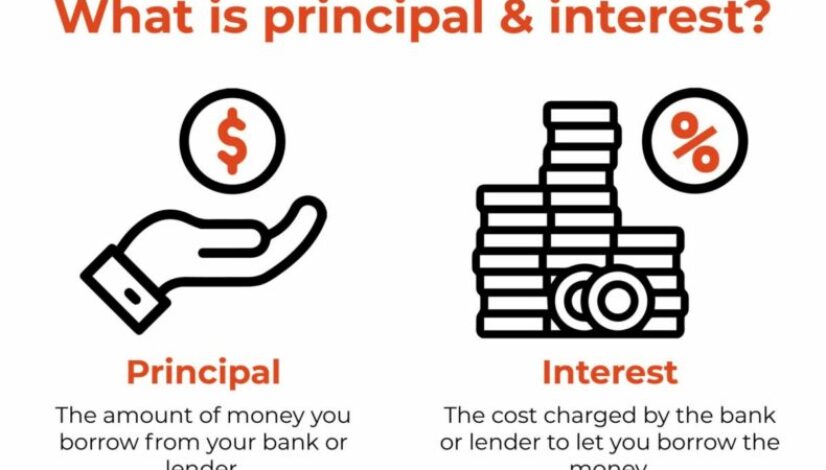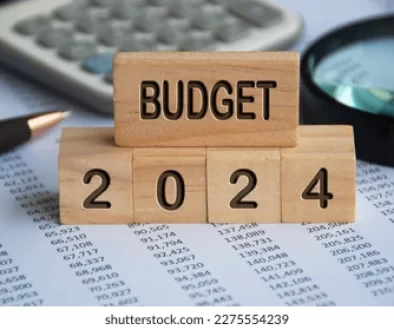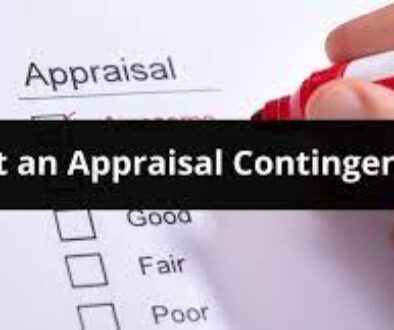Interest and Principal
What Is Your Principal Payment?
The principal is the amount of money you borrow when you originally take out your home loan. To calculate your mortgage principal, simply subtract your down payment from your home’s final selling price.
For example, let’s say that you buy a home for $300,000 with a 20% down payment. In this instance, you’d put $60,000 down on your loan. Your mortgage lender would then cover the cost of the remaining amount on the loan, which is $240,000. In this case, your principal balance would be $240,000.
Your principal is the most important factor in deciding how much you can afford. The principal you borrow accumulates interest as soon as you take it out.
If you aren’t sure how much home you can afford, a good place to begin is with our mortgage calculator. Simply enter your purchase price, down payment and a few other factors. The calculator will then give you a rough estimate of your monthly mortgage payment. When deciding on a mortgage payment that’s in your comfort zone, don’t forget that you’re also responsible for maintenance, repairs, insurance, taxes and more.
What Else Is Included In Your Monthly Payment?
Principal and interest make up the bulk of your mortgage payment. On some loans, you’ll only need to pay principal and interest to your lender each month, but your loan might also involve taxes and insurance. You should note that regardless of whether taxes and insurance are included in your loan, lenders typically combine principal, interest, taxes and insurance (PITI)when determining how much house they will approve you for.
Taxes
No matter where you live, you’ll need to pay property taxes on your home. Taxes are one of the most overlooked parts of owning a home, and they can also be one of the most expensive. Property taxes go to your local government and fund things like public schools, roads, fire departments and libraries.
The amount you pay in taxes depends on the value of your home and the local amenities your community offers. Part of the reason you get an appraisal when you buy a home is so your local government can correctly calculate your taxes. Taxes can vary from year to year, and your county might require you to get a new appraisal every few years.
Tax assessors will value the property and charge homeowners the appropriate rate following tax authority standards. They calculate that value using either the mill levy or the assessed property value (which is based on local real estate market conditions).
Insurance
You aren’t legally required to have homeowners insurance to own a home. However, most mortgage lenders won’t give you a loan without insurance. Homeowners insurance protects you against damage from fires, break-ins and lightning storms, just to name a few examples. You may need an additional policy to protect yourself from damage caused by flooding and earthquakes.
You may need to buy a policy called a “rider” if you have something very expensive in your home that you want to protect. A rider is an extra clause on your homeowners insurance policy that extends your coverage limits to protect a high-value item, like a piece of jewelry or artwork. You may only be able to get a certain amount of compensation for losses in a single category under normal policy limits.
For example, you might have $10,000 worth of coverage for a burglary, but your policy might say that you can only use $1,000 of that for jewelry replacement. A rider extends your limits up to the full value of the item you want to protect.
Your homeowners insurance premium depends on a number of factors, including:
- Home location
- Home value
- Whether you live in an urban or a rural area
- How close you are to a fire department or police station
While costs vary per state, you should expect to pay about $3.50 for every $1,000 of your home’s value for insurance per year. For example, if you have a home worth $250,000, you’d pay about $875 per year for homeowners insurance. Location, age of the home and additional risk factors like owning a pool can increase the annual total.
Escrow
Your mortgage lender might take a certain percentage of your monthly payment for an escrow account. An escrow account holds what you owe in property taxes and insurance premiums. Lenders collect this money and pay for it on your behalf to ensure you keep up with your coverage and tax dues.
The specific amount you’ll pay in escrow depends on your property tax and insurance rates. Your lender may reevaluate your escrow deposits whenever your taxes or insurance change.
Will My Principal Or Interest Ever Change?
Under most mortgage agreements, you’ll pay the same amount in your mortgage payment each month until you pay off your loan. However, there are two instances where your monthly payment (or the number of years you have to pay your mortgage) may change: when you choose an adjustable-rate mortgage (ARM) and when you pay ahead on your loan.
Adjustable-Rate Mortgage (ARM)
An ARM is a type of mortgage where your interest rate changes with market rates. Usually, you’ll enjoy a few years of low fixed interest rates with an ARM. When that introductory period ends your rates will change based on market conditions. If market rates go up, your rate goes up. If market rates go down, your interest rate will too. This can affect your monthly mortgage payment because your interest rate can fluctuate. The initial introductory rate is lower than what you’d get with a standard fixed-rate mortgage, where your interest rate never changes for the life of your loan.
Paying Ahead On Your Loan
Your monthly mortgage payment can change if you make an additional payment on your loan. This is because you only need to pay interest on the amount of money you owe. Most of your monthly payment goes toward interest at the beginning of your loan.
Over time the amount you pay each month chips away at your principal and the amount of interest you owe. This process, called mortgage amortization, reduces your principal and what you owe in interest.
Paying just a little extra money each month on your principal can save you a lot of money over your loan term, or the number of years until you have to pay it off. For example, let’s say you have a $150,000 loan with a 4% interest rate and a 30-year term. Your monthly mortgage payment would be $716.12. Paying an extra $100 a month would reduce the amount of interest you pay over the course of your loan by $25,205.78. You would also pay off your loan 6 years earlier than you would if you made no extra payments.
You might consider budgeting some extra money each month to make an additional principal payment toward your principal balance. Be sure to tell your lender that you want the extra payment to go toward the principal only.




